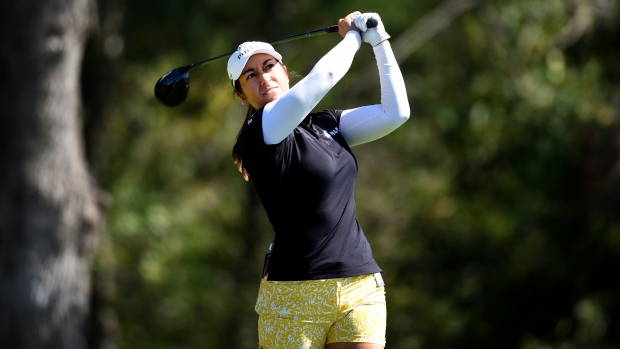
Over the years, there has been an increase in senior athletes. This is due to more people participating in competitions. One reason for the increased participation of older adults in sport is the rising number of seniors that are interested in it. While physical fitness decreases with age, there are many ways to stay active.
Sport motivation
Sport motivation in senior athletes is influenced by competition level, age, and gender, according to a recent study. The questionnaire used to measure sport participation was validated. The results were presented in Table 1, where participants were categorized by sport. The questionnaire also had psychometric properties, according to the results.
The study involved 316 junior and senior athletes competing in three team sports. The three questionnaires required the participants to complete were self-report. They were also categorized based on their sport and competition level. Results showed that handball players were the most motivated to succeed, while football players had the highest motivation levels.
Aging can lead to a decrease in physical fitness.
The aging process leads to a decline in physical fitness, including a decrease in muscular mass, force, and endurance. Additionally, muscle flexibility decreases and becomes more rigid. This can negatively impact the ability to do intense exercise. Many senior athletes can still perform extraordinary feats despite the fact that they are older.
The study found that both men and females' aerobic capacity declined by 20% every ten years. After 40, the decline in aerobic capacity was greater for men than it was for women. This increased rate of decline has negative consequences on functional independence, quality of lives and overall health.
Exercise regimens
An exercise program can be beneficial for athletes of all ages. Senior athletes should include cardiorespiratory exercise and muscle-strengthening activities into their training. These exercises can increase their strength and balance. While older athletes are less likely to sustain injuries, they must still develop the endurance and muscles necessary to compete.
Before starting an exercise program, make sure you have a medical clearance. It is possible to reduce the intensity of your workouts if you have suffered from injuries or are recovering from chronic illness. In order to maximize the benefits of your workouts, you may have to adjust your medication schedule and your meal plan.
Nutrition
Senior athletes need to be given nutrition that is tailored to their needs. To maximize their athletic performance and overall health, athletes should adhere to the principles of good nutrition. Individualized advice on nutrition should be given and should include preventive measures. Senior athletes can get dietary recommendations from a registered dietitian. In addition to dietary advice, senior athletes may also be interested in topics such as exercise and weight control.
Older athletes need to eat nutrient-dense food and high quality calories in order to maintain a healthy diet. This can increase recovery after intense training sessions and decrease the chance of developing debilitating age-related conditions. An older athlete, for example, should eat healthy carbohydrates to fuel their bodies and keep a healthy weight. They should also eat foods high in fiber and antioxidants.
Balance
Senior athletes are more likely to be balanced due to physiologic changes as they age. Sport and orthopedic professionals need to first understand how the body changes. This will help ensure that athletes perform safely and effectively. These professionals can then design and implement an SMT program that addresses these issues. In addition, balance training is a critical component of overall fitness. It promotes muscle strength, improves postural alignment, and prevents falls.
Proprioception, also called joint positional sense or proprioception, is an essential component of balance. Studies show that elite athletes suffering from ACL injuries have significantly reduced Joint Positional Sensitivity, which could indicate that secondary injuries are possible. Researchers compared Joint Positional Sensory Sense from 30 UCL-injured athletes to those of 30 others.